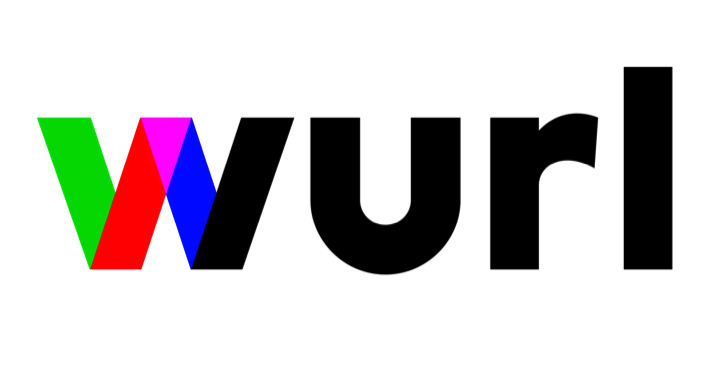
Wurl’s top executives argue that the transition from cable TV to streaming will be completed within the next five years, which will make for interesting trends in 2024. Here are the top predictions from three executives for 2024 and beyond:
“I predict that within the next five years, the transition from cable television to streaming will be complete,” explained Ron Gutman, CEO. “Despite enormous shifts in the Connected TV space, we’re still currently only halfway through this migration. In the beginning, the focus was on moving content to streaming. The next phase as we head into 2024 will be about moving viewership, where the growth is still ahead of us.”
“Advertisers will finally leverage Connected TV as a true performance channel,” he added. “Advancements in AI-driven technologies and performance marketing solutions will give rise to more targeted and personalized CTV experiences. This, in turn, will give streamers and publishers the ability to accurately measure and attribute a viewer’s actions to a specific campaign, enabling advertisers to turn marketing efforts from a cost center to a revenue driver.”
Dave Bernath, vice president and partnerships for North America at Wurl argues that “In the US, we’re in a plateauing – or reset – moment in the streaming market, most obviously with studios and their SVOD services. I also see this happening in the free space, specifically with FAST channels. More premium content is coming to FAST, which is a good thing. But, the growth in overall viewership is still relatively modest and the programmatic ad market continues to disappoint. As a result, platforms, publishers, and OEMs face the difficult reality of needing to spend more on marketing during an uncertain market. I think the choice is obvious: Organic growth is not going to cut it. In 2024, we’ll see who steps up to spend the marketing dollars required to grow their audiences, and who stands pat and starts getting left behind.
“2024 will see the rise of streaming services joining the legacy bundle, as evidenced by the recent Charter Disney deal,” Bernath added. “I predict we’ll see more SVODs partner with MVPDs to bundle offerings. While this represents a retreat to the wholesale model, it is likely to add some stability to subscriber counts. Bundles work and consumers are less likely to drop any particular service when it’s part of a broader package that includes broadband, cable, or satellite and phone. I don’t know that it will slow the rate of cord cutting, but there does still appear to be tens of millions of households where this model could work and help both parties.”
Looking at other markets, Keith Bedford, general manager of EMEA said, “The integration of EPGs (electronic programme guides) directly into smart TVs will grow the streaming market, giving manufacturers more control and consumers easier access to discover content. This will, in turn, create a more personalized viewing experience, and, ultimately, significant potential for ad revenue generation.”
“While the US is witnessing the transition from traditional TV to FAST (free ad-supported streaming TV), cord cutting is less prevalent in EMEA due to the abundance of free TV content, which may lead to a different approach to ad-supported streaming in this market in 2024,” he said. “Still, with top-tier broadcasters like ITV, the BBC, and Germany’s DWR/ARD making their mark in Europe’s CTV market, we’re likely to see the adoption of FAST and CTV more broadly speed up this year.”



!["[T]he First and Fifth Amendments Require ICE to Provide Information About the Whereabouts of a Detained Person"](https://images.inkl.com/s3/publisher/cover/212/reason-cover.png?w=600)



